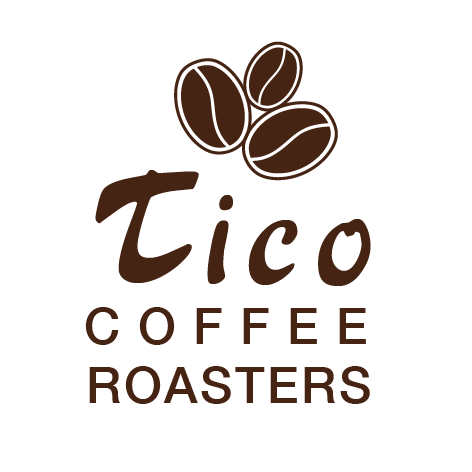Natural Decaffeination (also known as Sugar Cane Decaffeination)
People drink decaffeinated coffee for a variety of reasons. However, it’s important to know that decaffeination methods vary. There is a widely used chemical decaffeination, there is a water process and also the so called Sugar Cane or Natural Decaffeination using Ethyl Acetate (EA).
The process of creating ethyl acetate is quite common and rather simple. First, sugars from sugar cane are fermented to create ethyl alcohol. Second, the ethyl alcohol is mixed with acetic acid. The result is ethyl acetate – a compound that is found in fruits and vegetables. It is also the most common ester found in beer and wine and is typically responsible for the preservation of fruity aromatics.
In this decaffeination method, the green beans are steamed or soaked to expand the beans for caffeine extraction. The expanded beans are then soaked in Ethyl Acetate (EA). In the presence of EA, caffeine bonds with the compound and is drawn out of the bean. Next, the ethyl acetate is circulated through the coffee multiple times, until at least 97% of the caffeine is removed. A low-pressure steam is then applied in order to remove the ethyl acetate.
Lastly, the coffee is vacuum-dried until the moisture content of the coffee is brought back to the moisture level at which it was when it arrived at the EA processing facility – typically between 10 and 12 percent.
An economic and sustainable way for decaffeination
The EA processing facility, Descafecol, is in nearby Manizales in the Caldas Department, north of Huila. Being closer than other decaffeination facilities makes for less transportation required. This saves on fossil fuels, decreases the time before it is ready to be sent to its destination for sale to roasters, and strengthens relations between farmers, decaf processors, and importers.
Due to the relative wide availability of sugar cane in Colombia, where it grows in the wild and on many farms, there is even less need to import required ingredients. In many cases, coffee farmers also produce sugar cane. Descafecol gets their sugar cane from farms in the town of Palmira in the Valle del Cauca Department, west of the Huila Department.
While water is part of the process all throughout, the EA process actually uses less water than most other methods of decaffeination.
Least intrusive decaffeination and preserving flavor
Ethyl Acetate is a naturally-occurring compound and is found in many beverages, and it is important to know that there is no EA present in the final coffee product.
The EA process preserves much more of the coffee's flavor than other methods.
